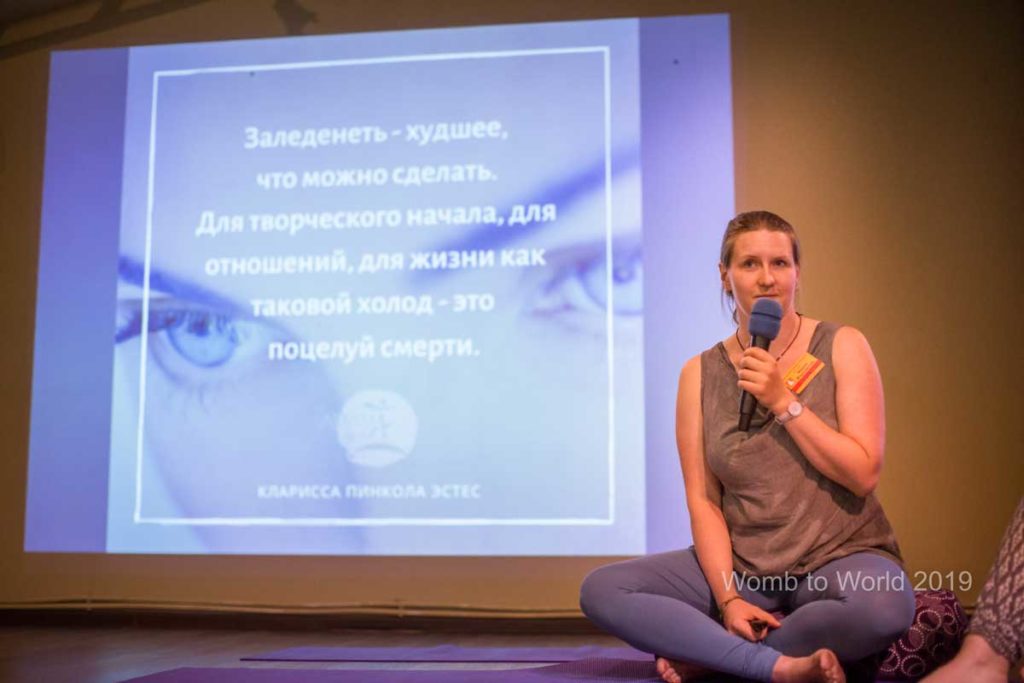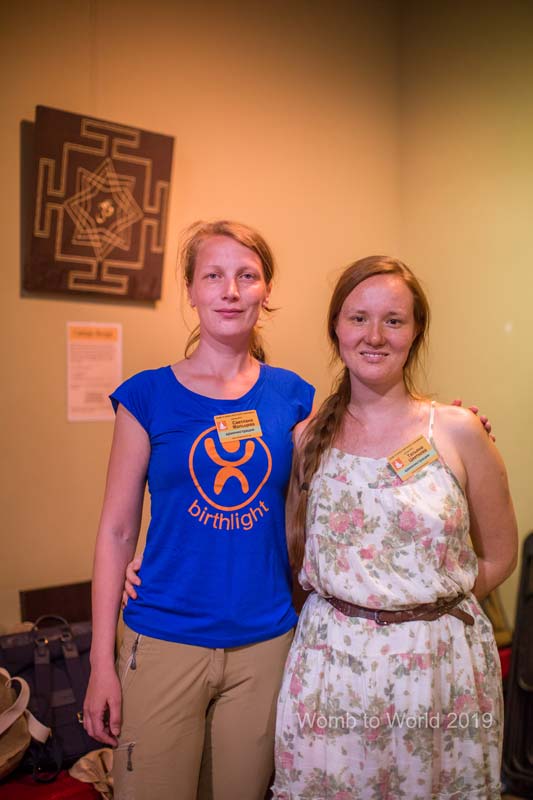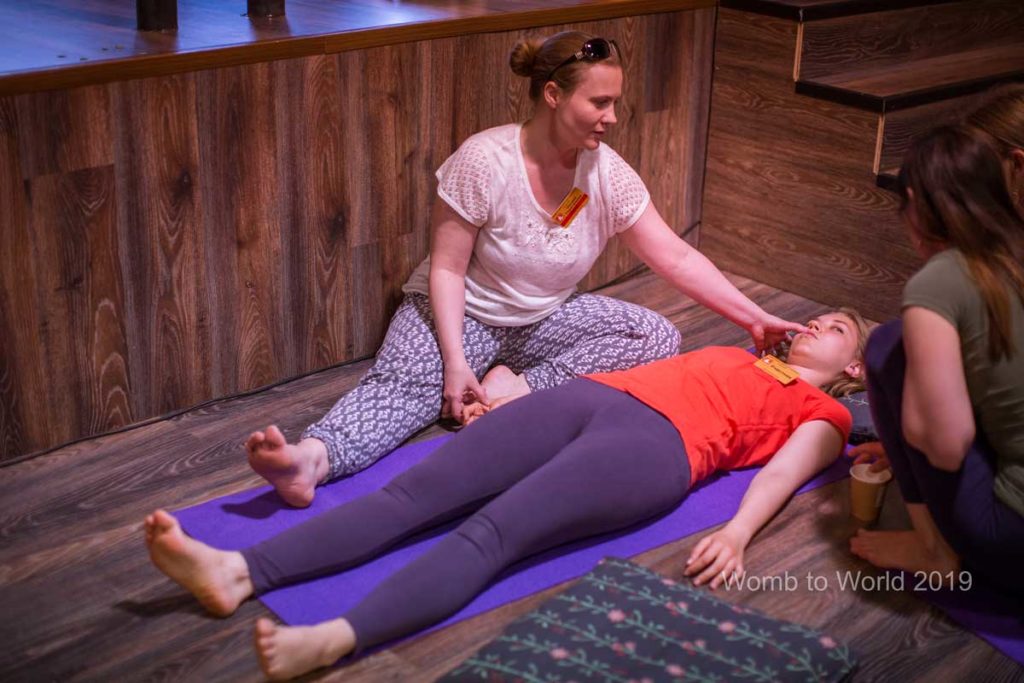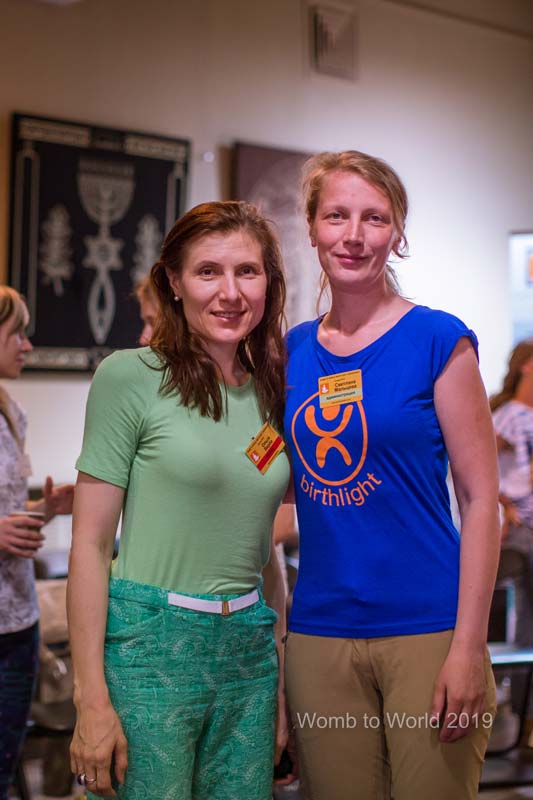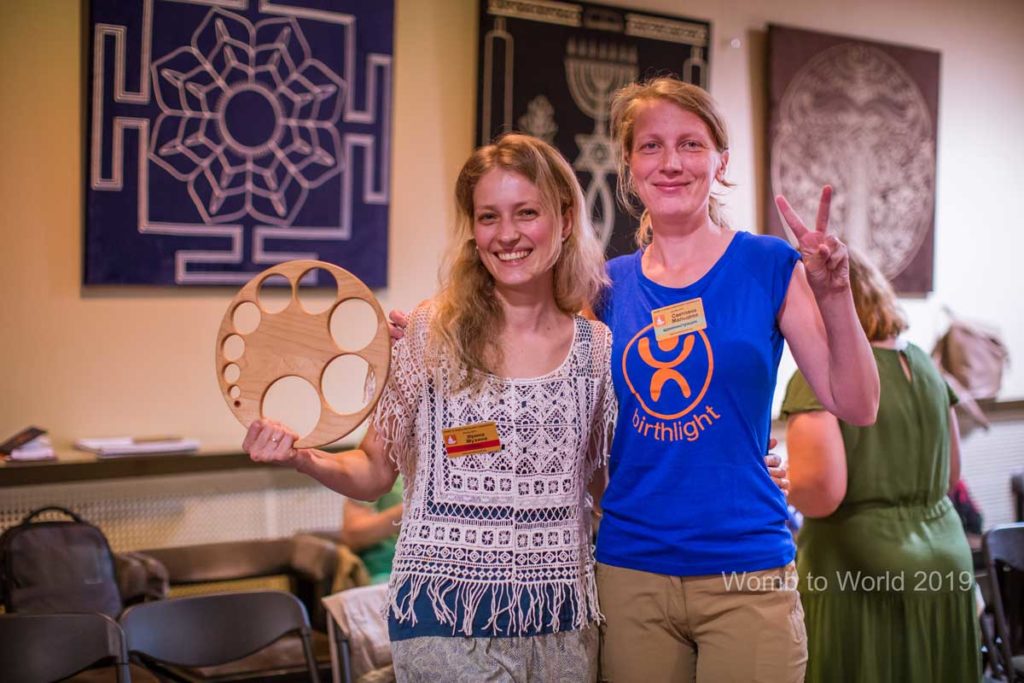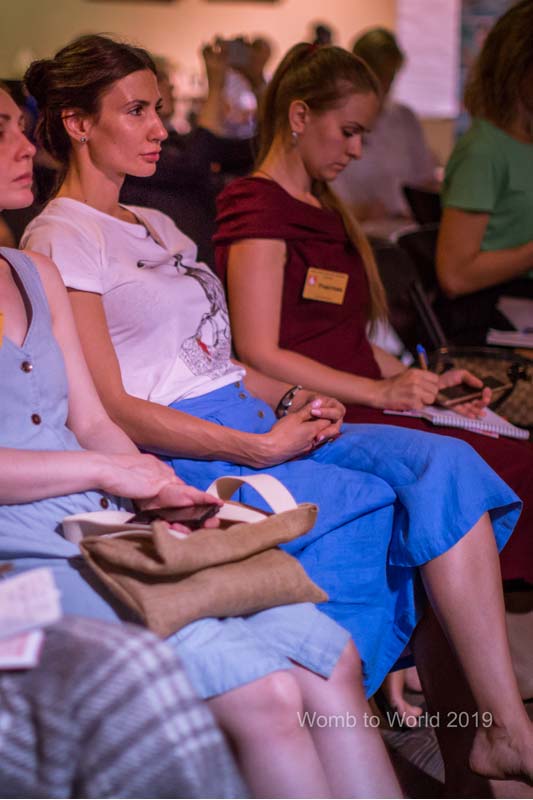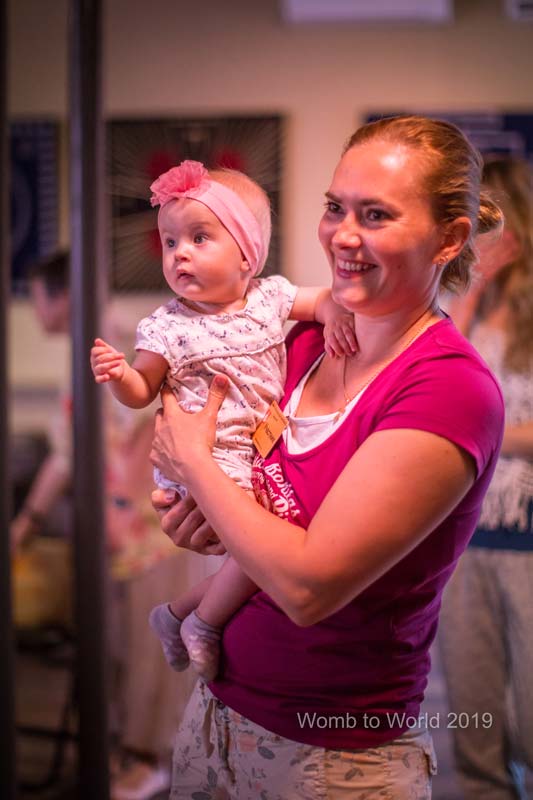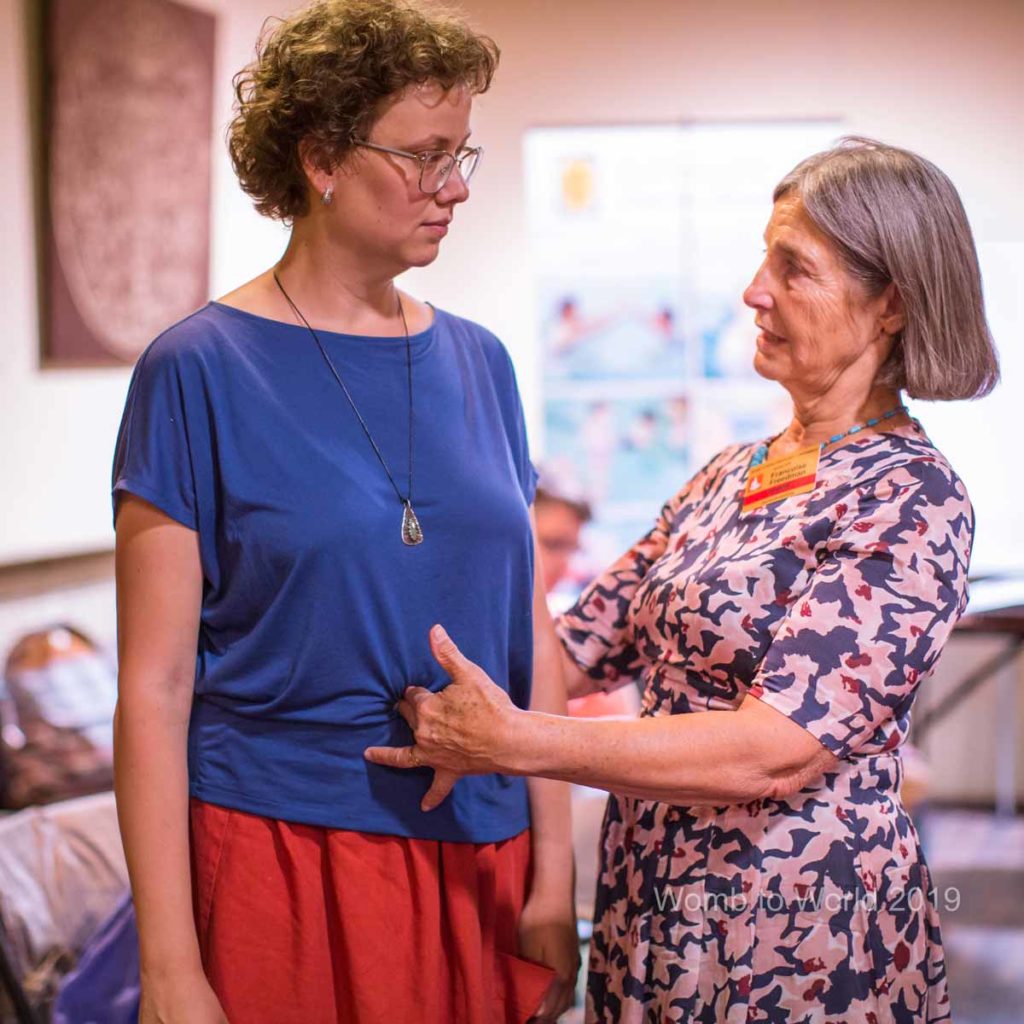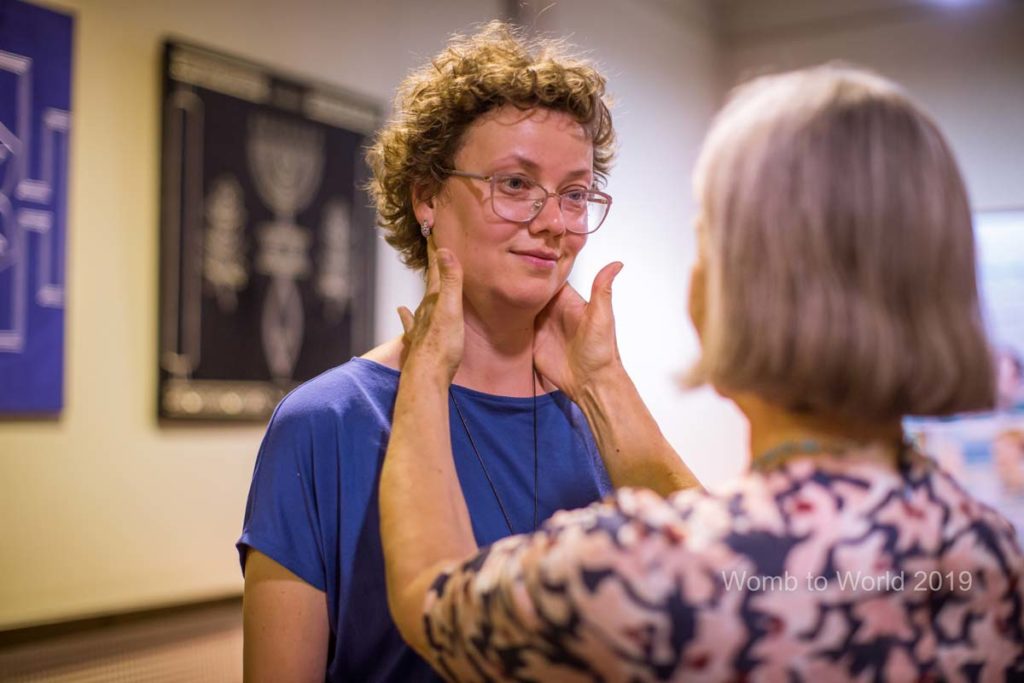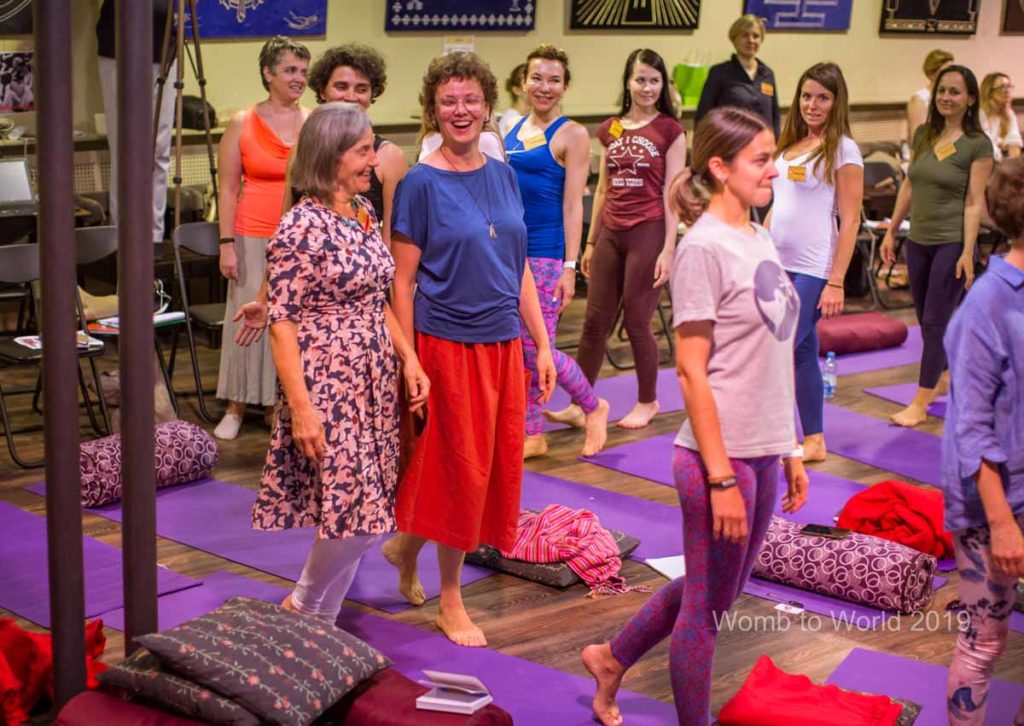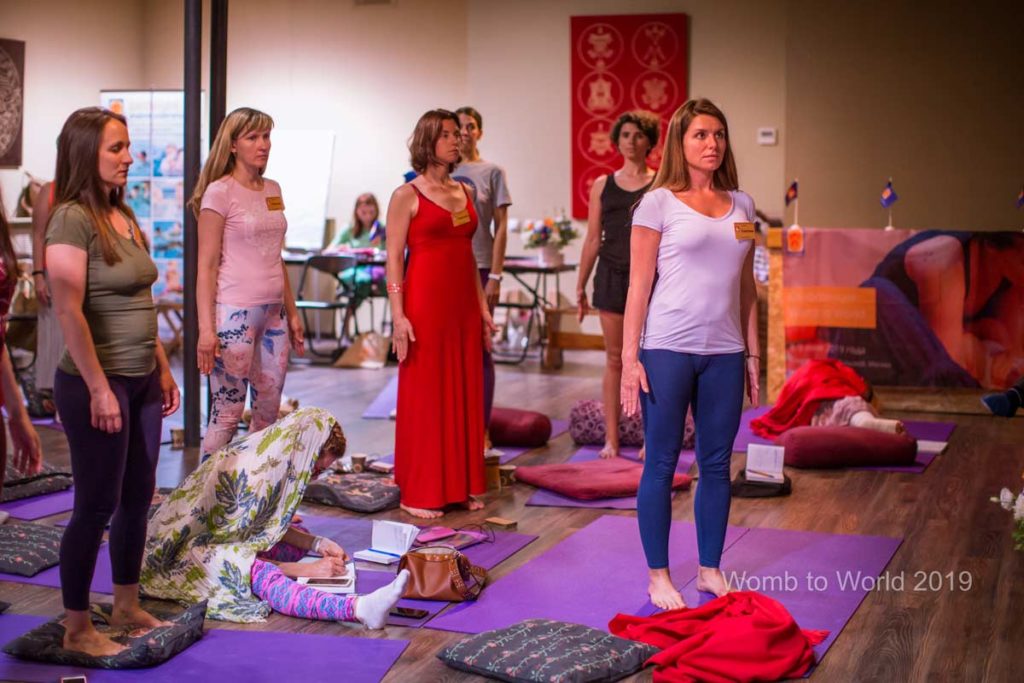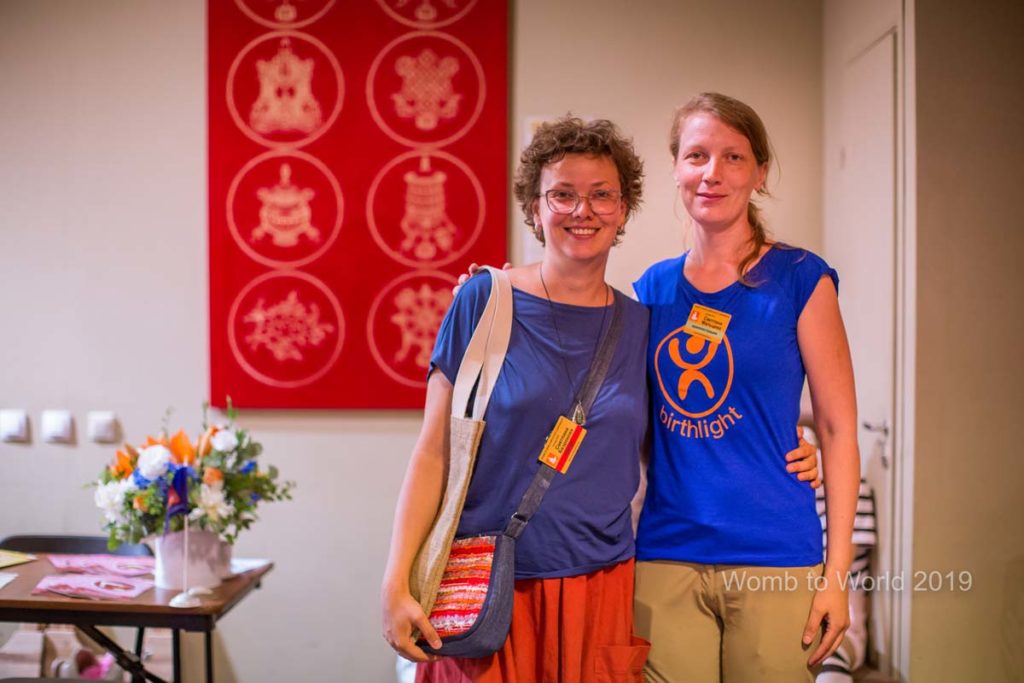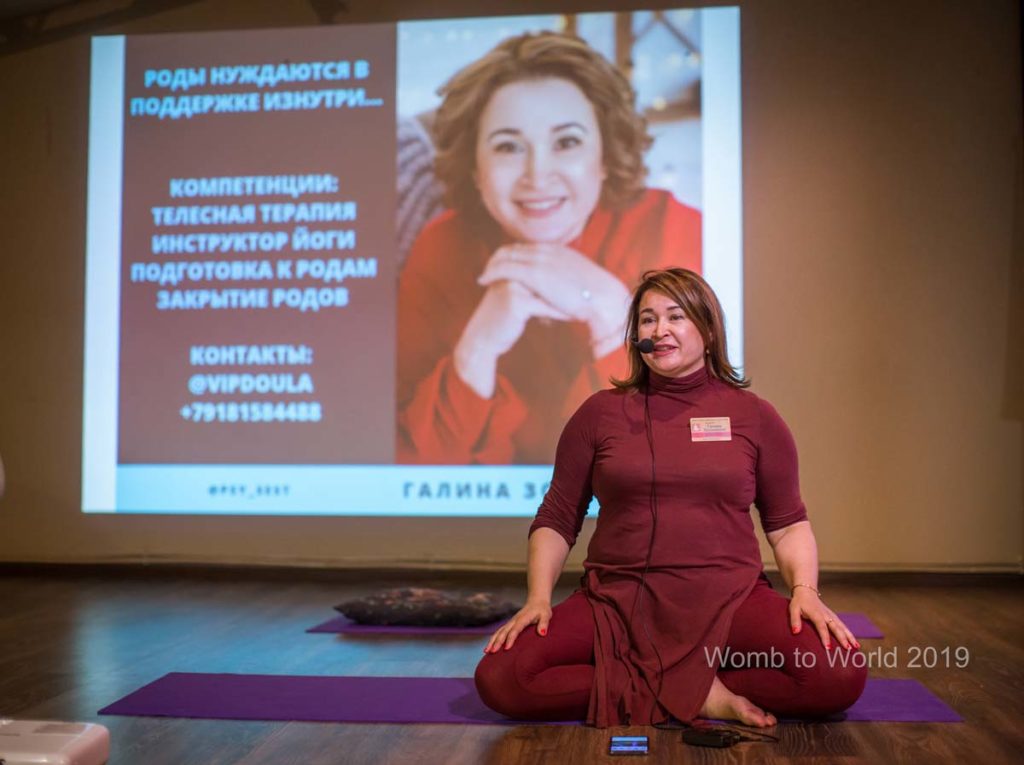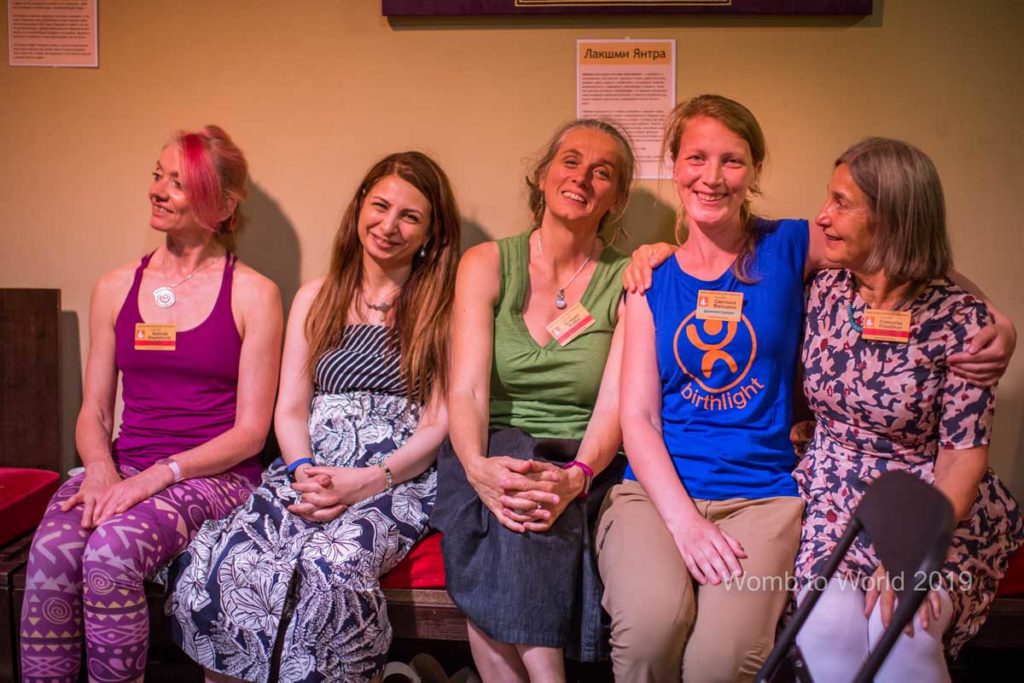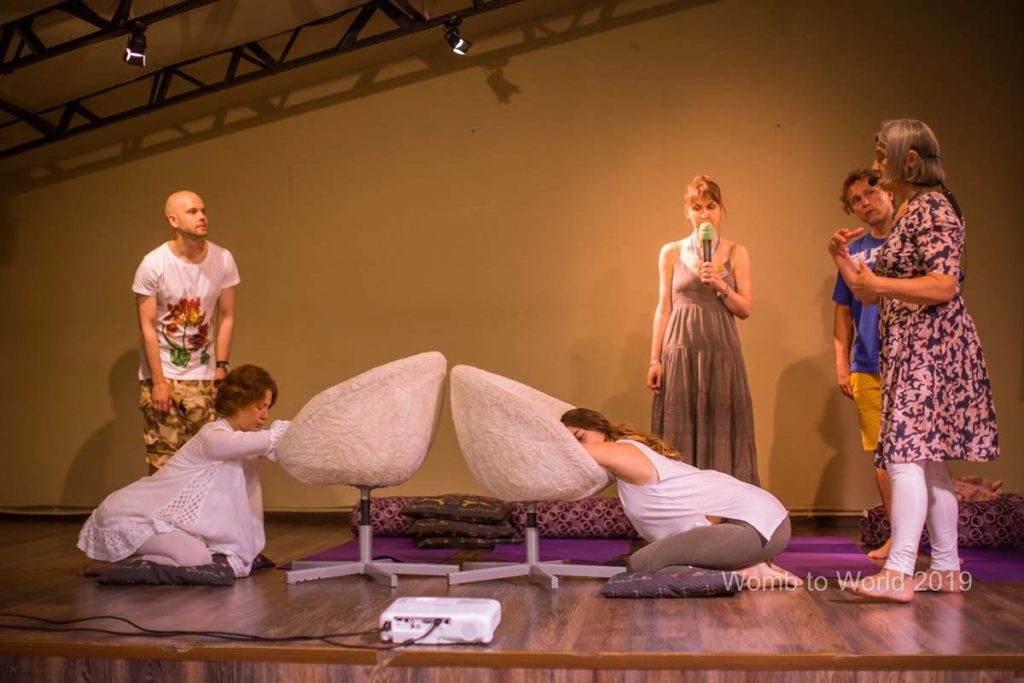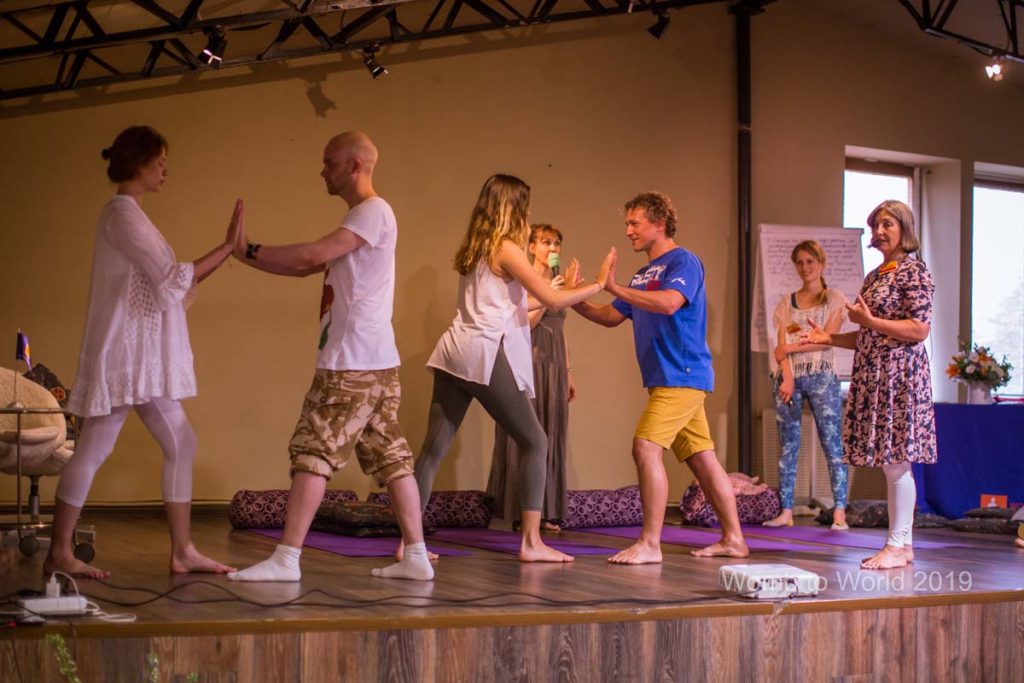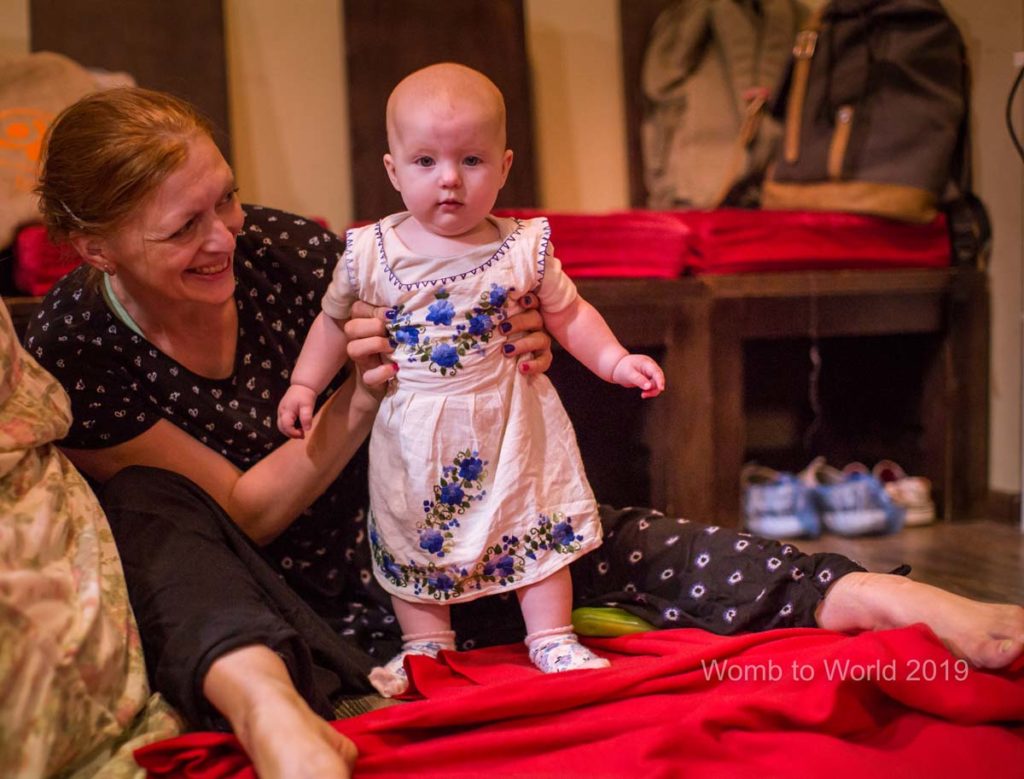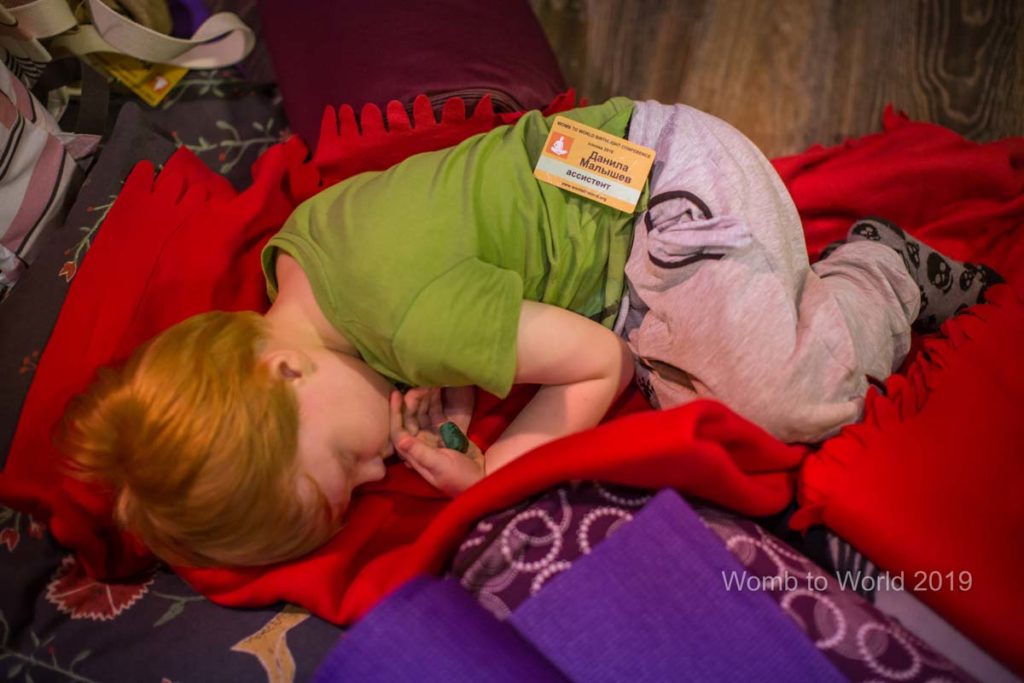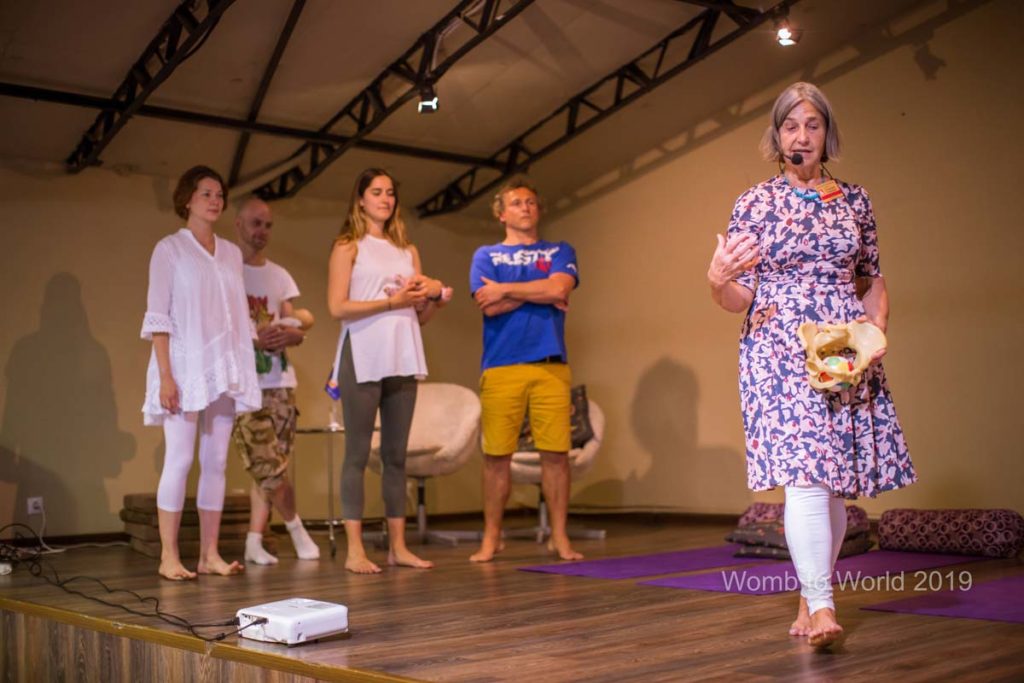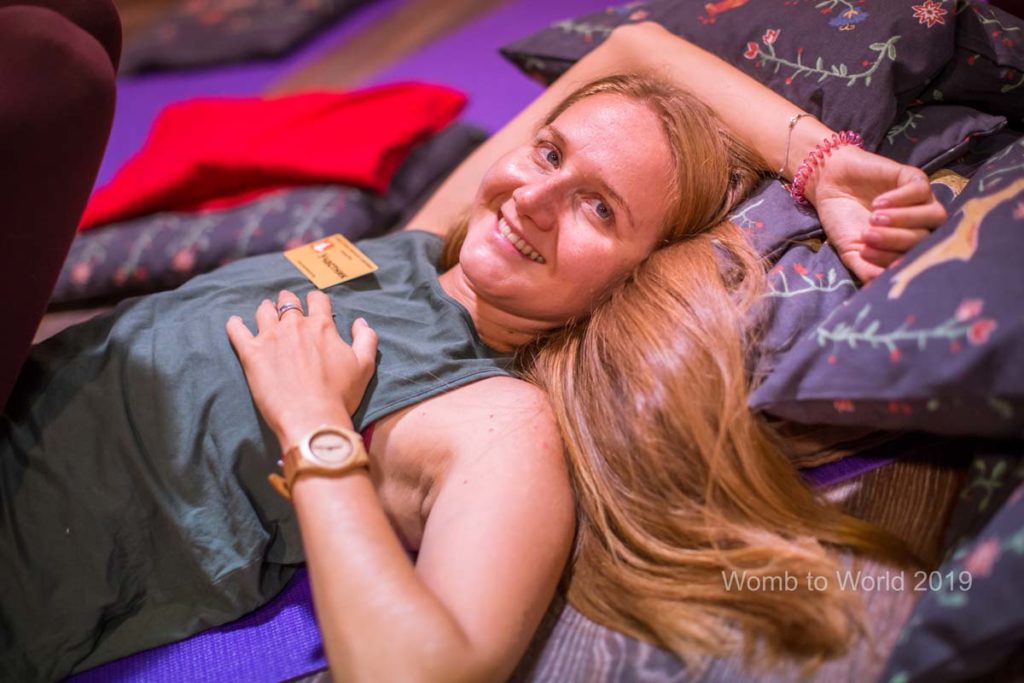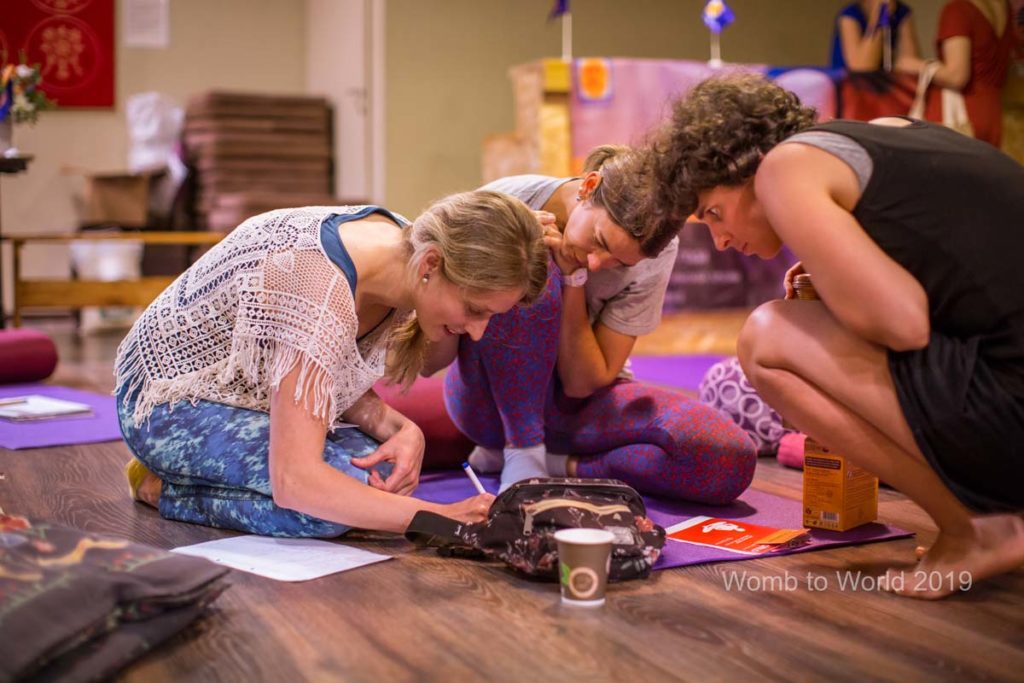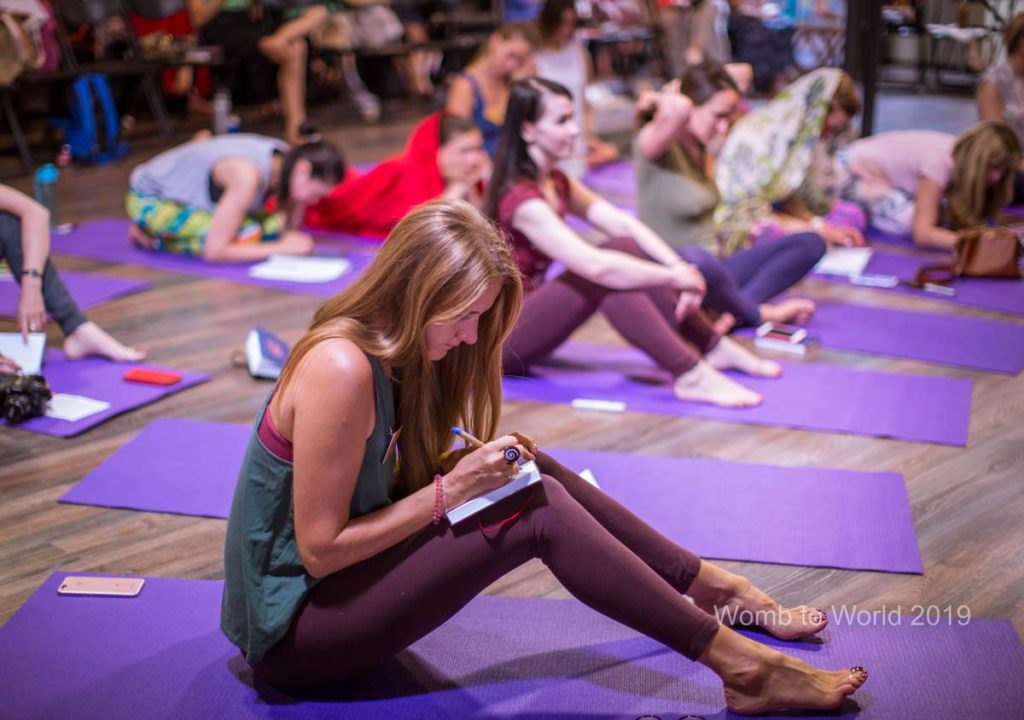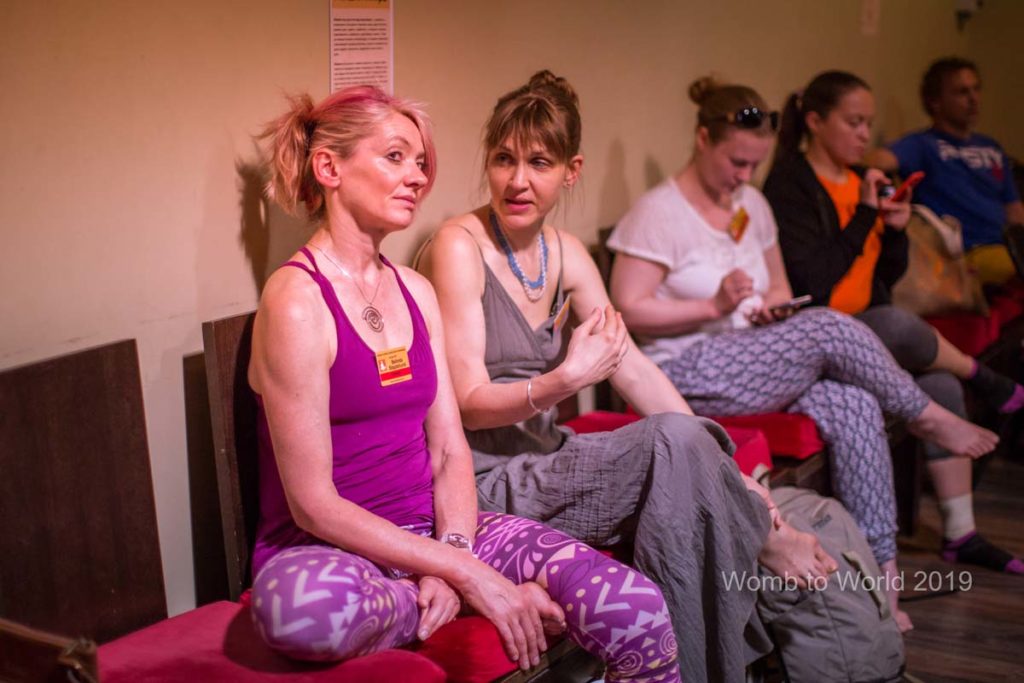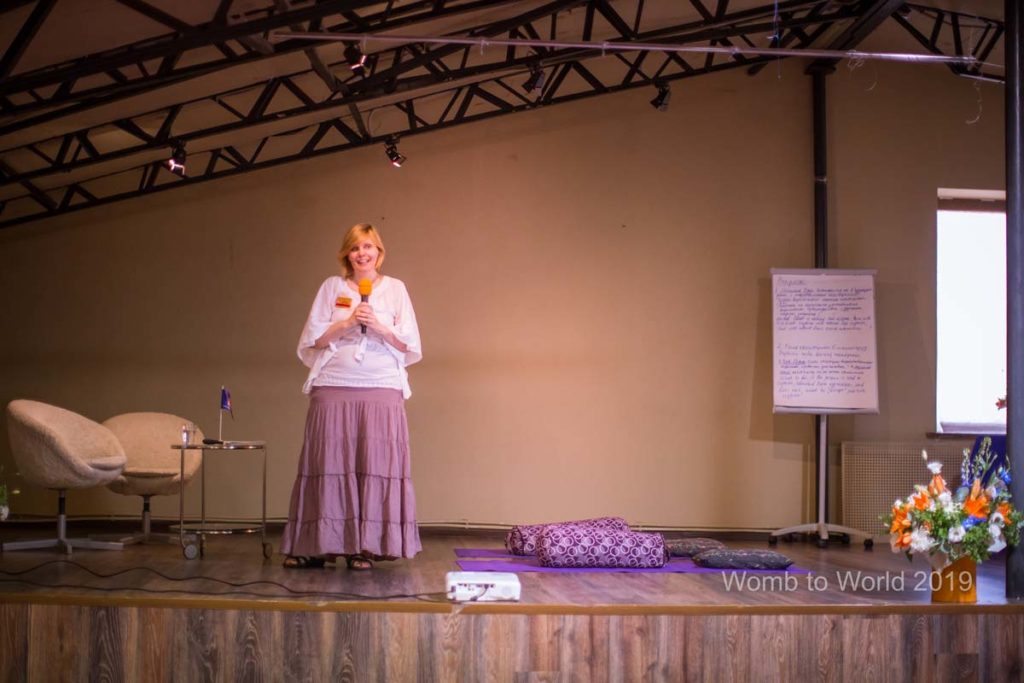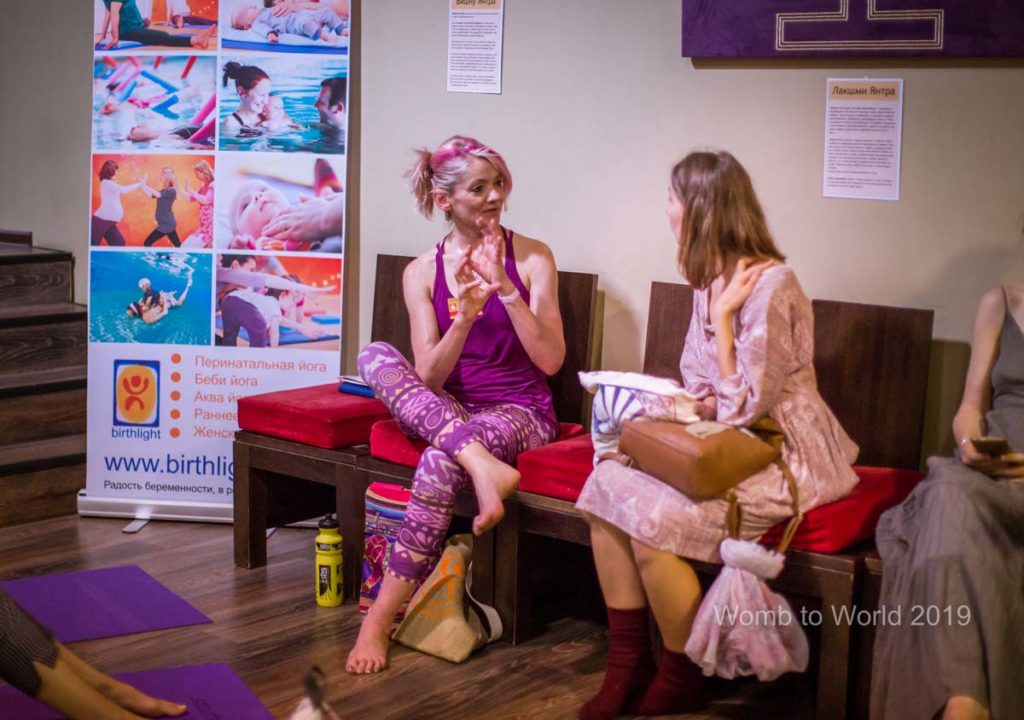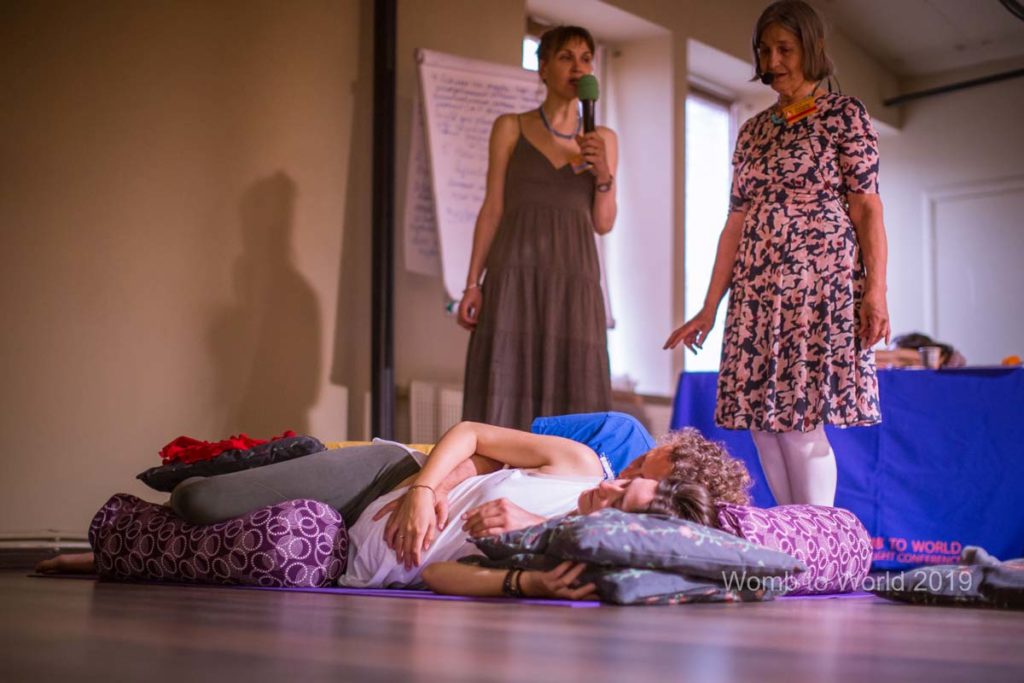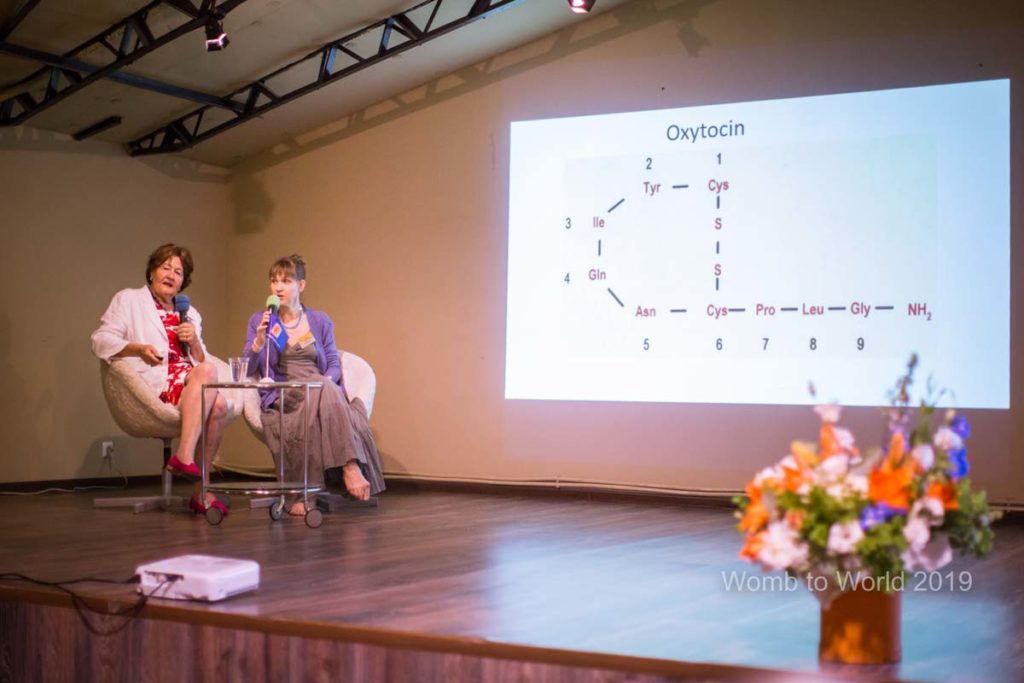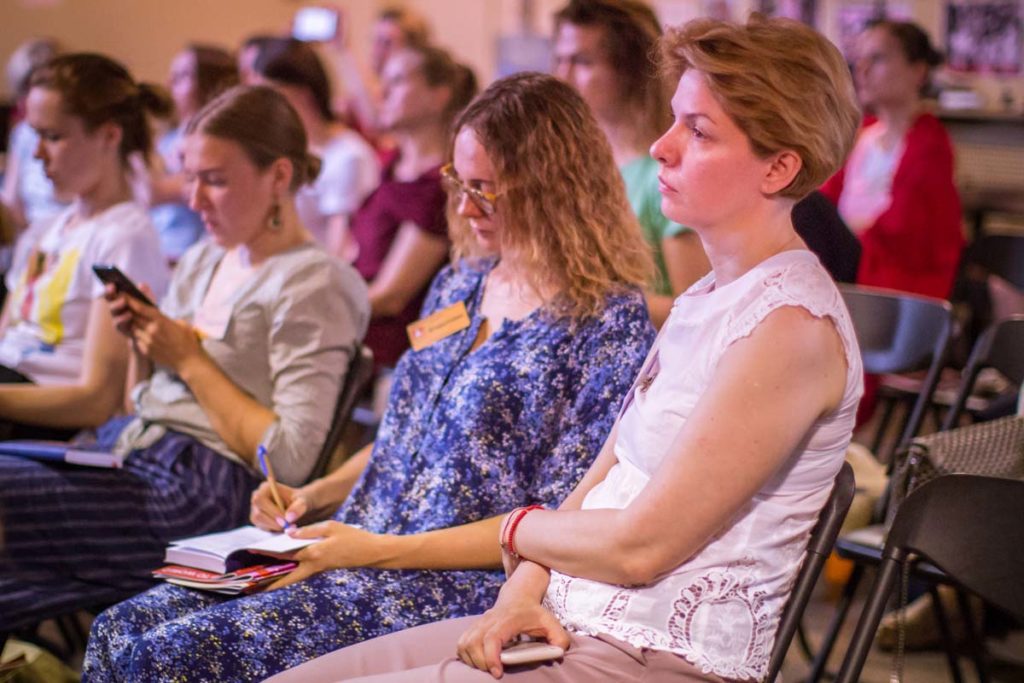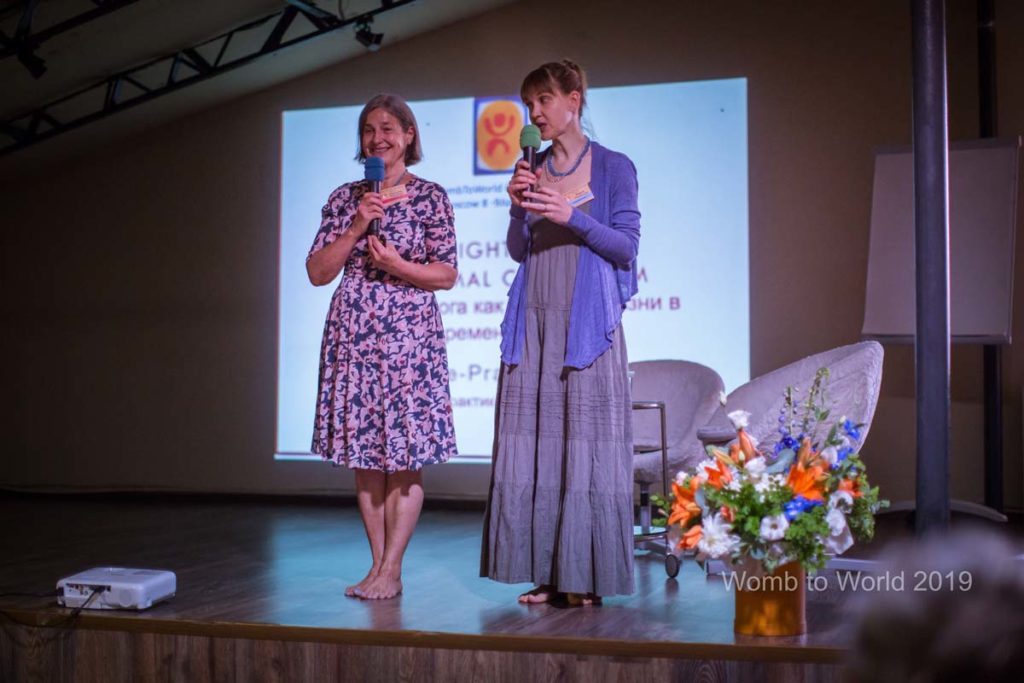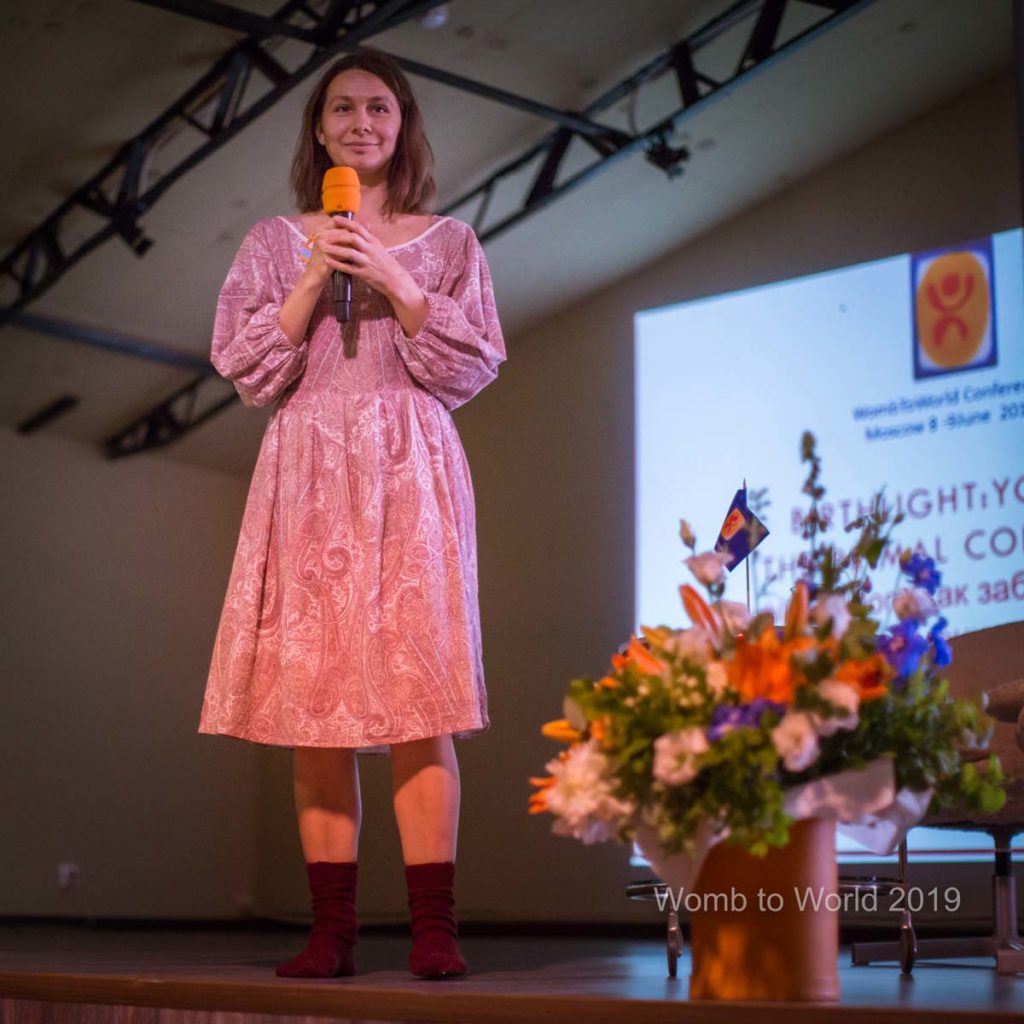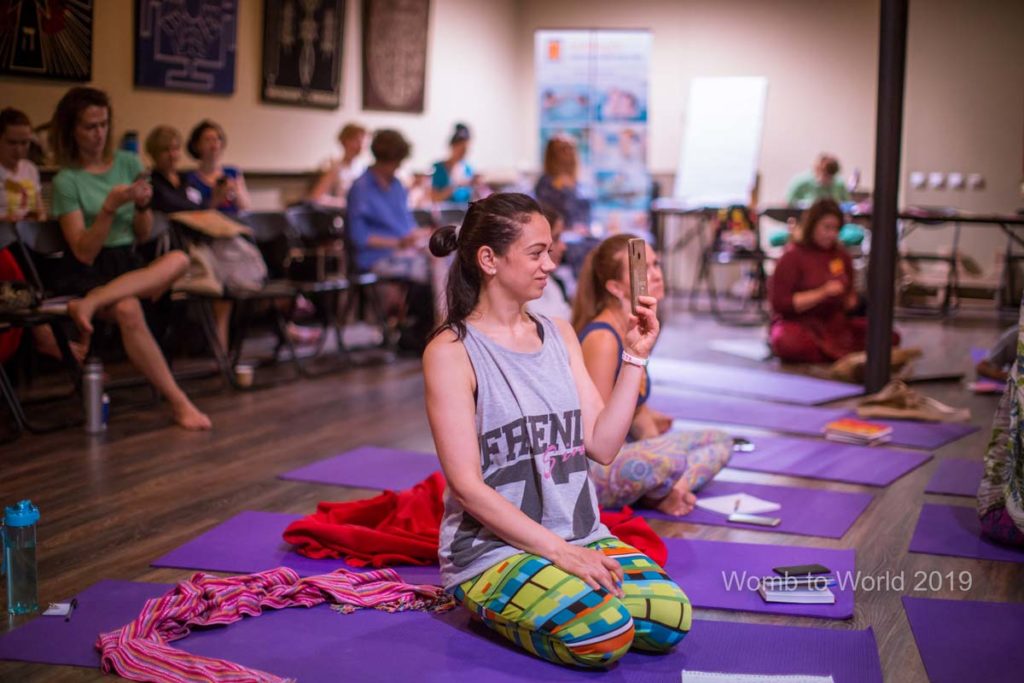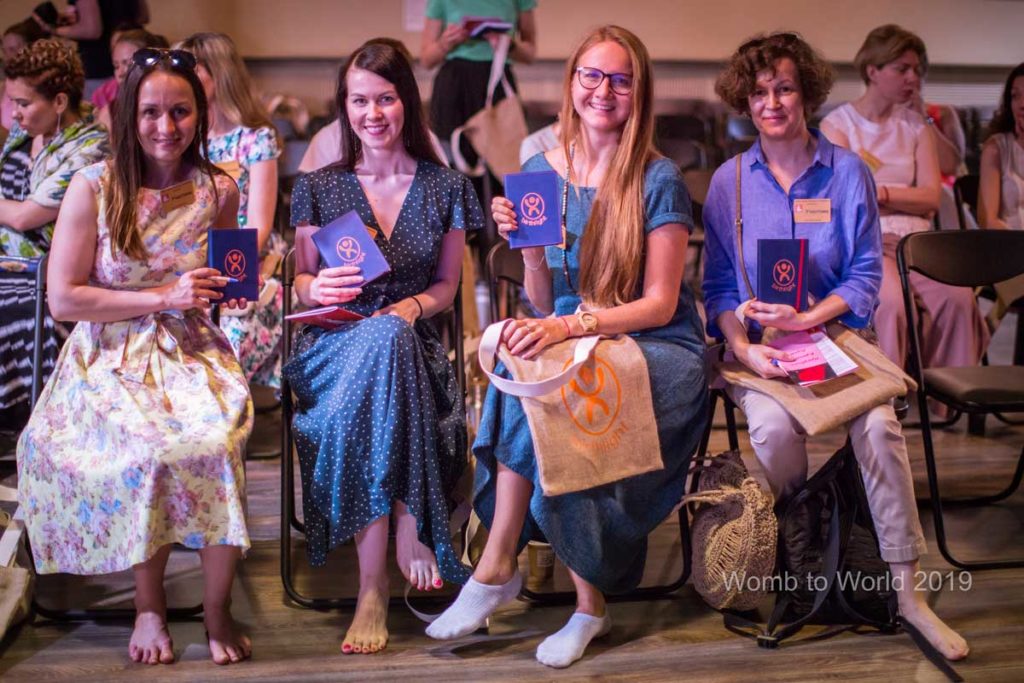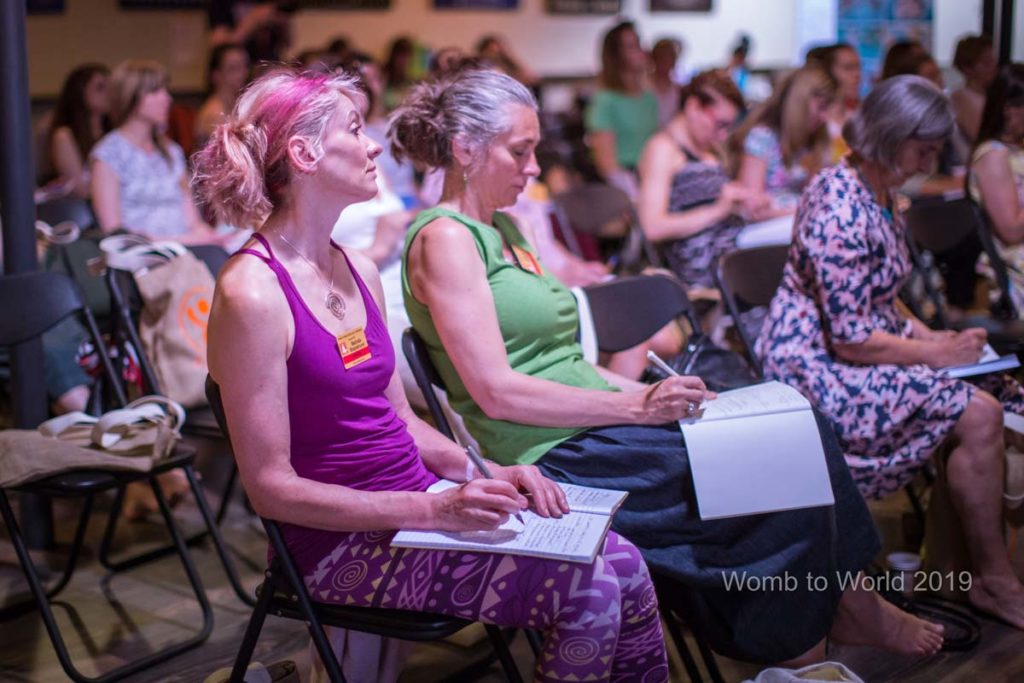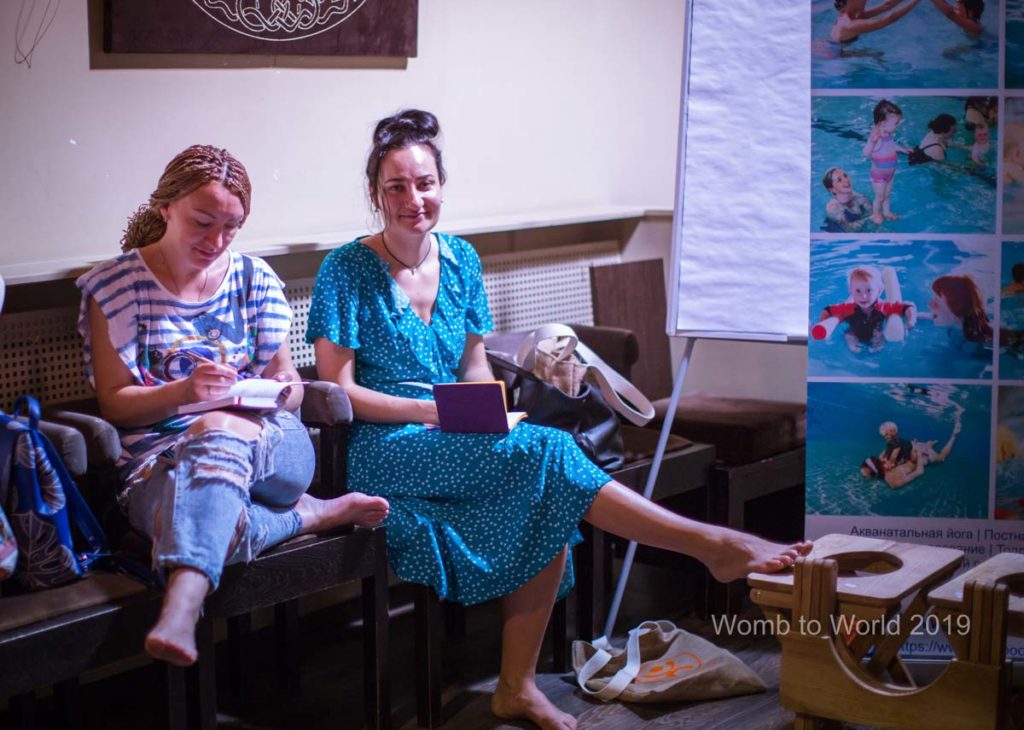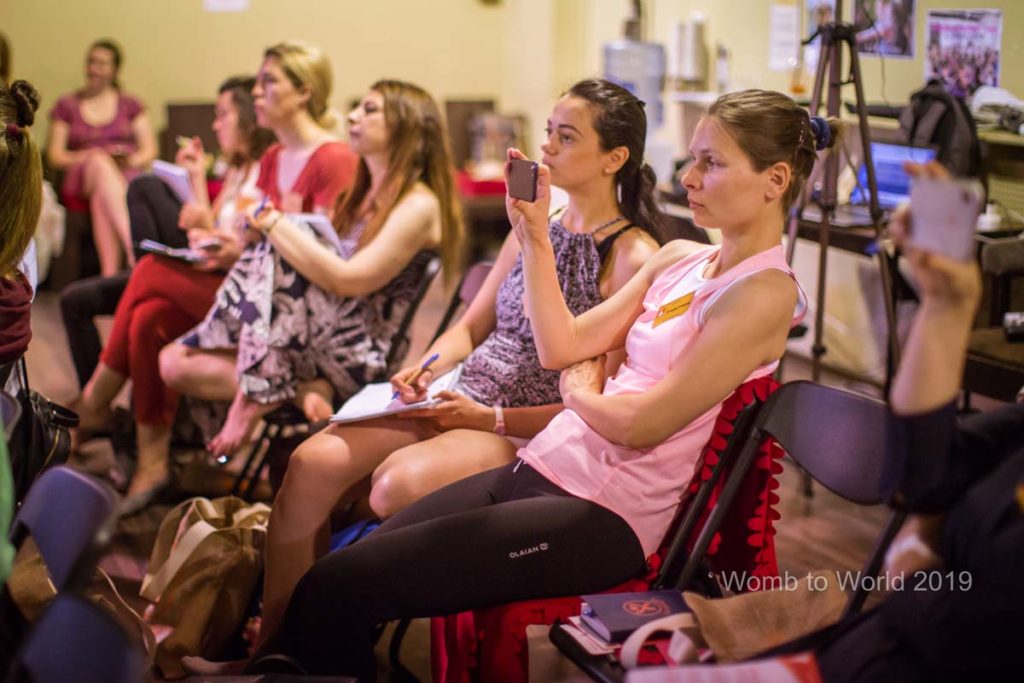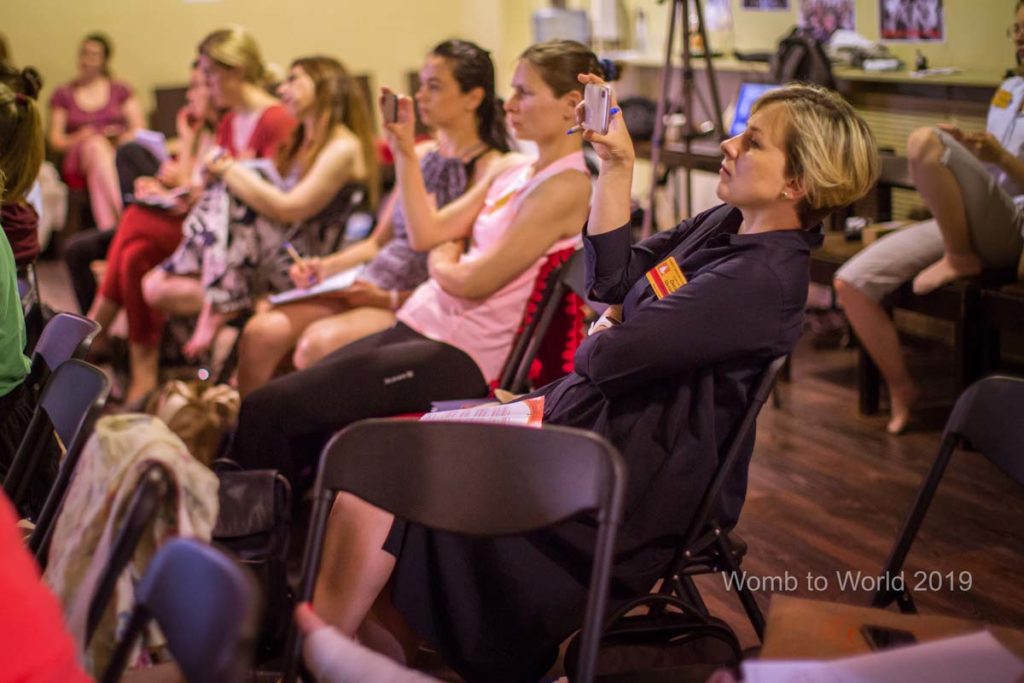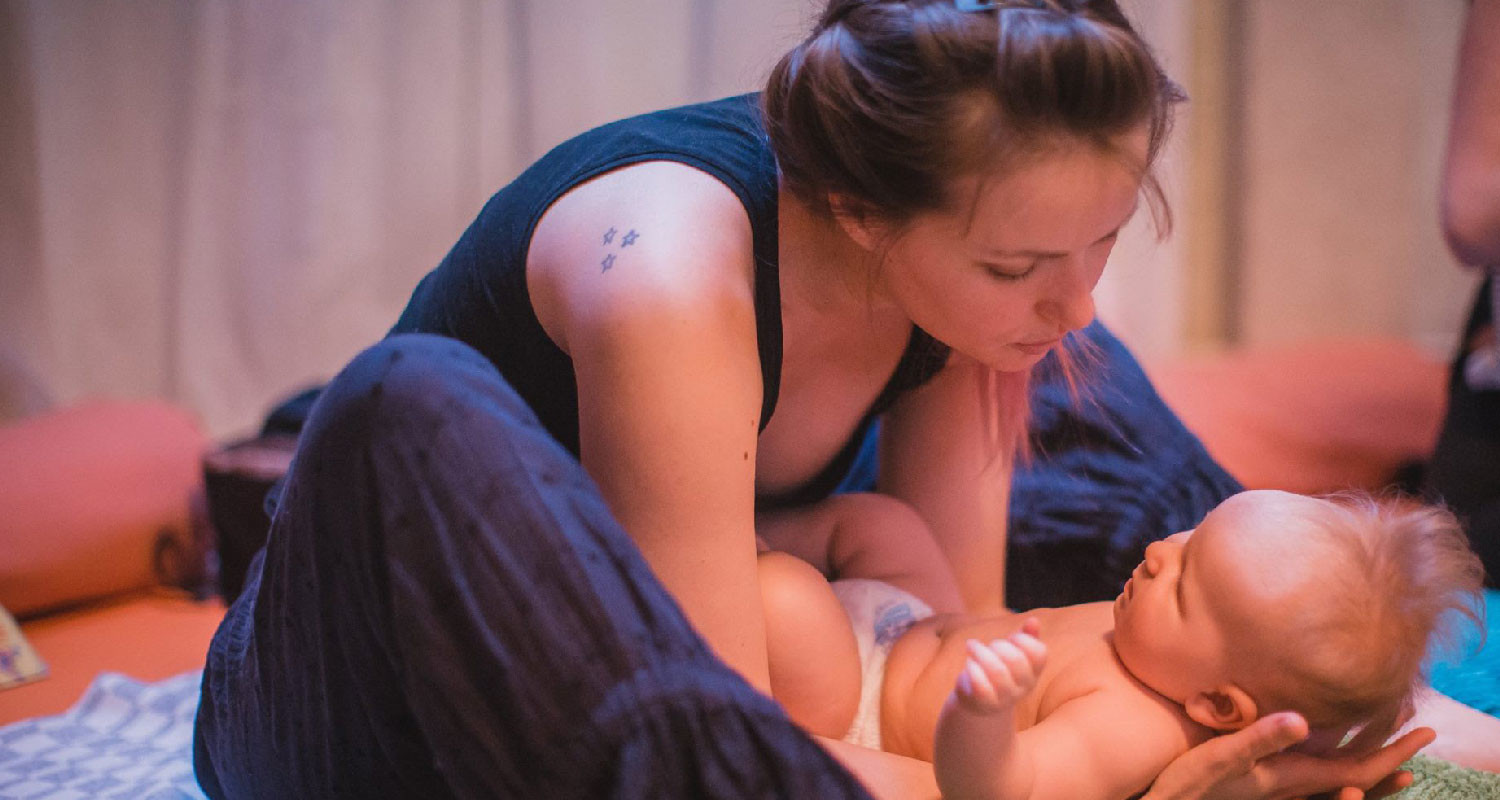
BIRTHLIGHT: YOGA TO NURTURE NEW LIFE
SATURDAY 8 – SUNDAY 9 JUNE, 2019
MOSCOW, RUSSIA
Birthlight is 10 years old in Russia!!! To celebrate this landmark our Russian partners and friends organised a spectacular two-day conference in Moscow with a focus on land-based practices for making birth an easier and supporting the transition to motherhood.
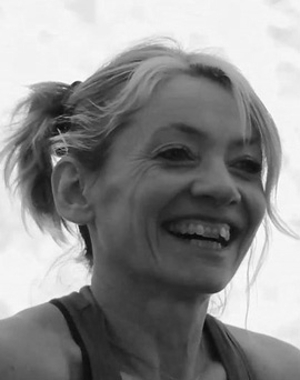
Birthlight tutor Belinda Staplehurst shares her thoughts on the conference:
This was Birthlight’s first conference in Moscow! Huge thanks go to our Russian course organiser Anna Shkulanova whose amazing organisational skills and contacts enabled this conference to happen – all during her own postnatal recovery after the birth of her fourth child, beautiful daughter Daria.
Our thanks also go to everyone who participated so enthusiastically in this event, including Marina our chairwoman who valiantly kept us to time, and no less to Maria Romanova for her amazing and sensitive interpreting.
Our gratitude to all our speakers, many of them graduates of Birthlight training courses in Russia which have been running since 2008, as well as those who attended the conference. A special mention must be given to Olga Verba who has played a pivotal role in supporting the development of Birthlight yoga in Russia, and gave a beautiful presentation on those involved in their dissemination. Love and respect for Francoise and her teachings clearly flow in many Russian hearts and at Birthlight we feel humbled and honoured by this.
Our key foreign speaker was Kirsten Uvnas Moberg known to many for her world renowned work on oxytocin – and we were delighted that she stayed for the whole conference. Her comment to me after the conference was that there was a lot more to yoga than she had realised, so it seems that the learning went both ways!
The unifying theme of the conference was how to promote the continuum of wellbeing for mother and primal health for babies from conception through the four perinatal trimesters through to the early years after birth.
The sheer diversity of approaches and perspectives was one of the most fascinating aspects of this conference. There were contributions from a wide ranges of speakers including a focus on yoga, osteopathy, psychology, midwifery, doula support, infant and child development, kinesiology, folk music. This range of perspectives will no doubt stimulate a lot of thought and fresh outlook amongst those attending.
What follows is a short summary of just some of the key points of the presentations and a few brief words about the workshops– it’s impossible to represent the full richness of the two days. If you missed it do make sure you attend future Birthlight conferences! The practices and perspectives of the huge range of speakers and workshops below do not necessarily represent the Birthlight approach – but all form the basis for healthy discussion and the development of beneficial practices which we hope that the conference will enable well into the future.
— Belinda Staplehurst (Birthlight Tutor, UK)
DAY 1 – SATURDAY 8 JUNE 2019

Françoise Freedman
Birthlight’s vision. Nurturing the Primal Continuum with Yoga in today’s world
Françoise opened the conference with the theme of Birthlight’s vision to nurture the primal continuum with yoga in today’s world. To promote primal health we need to optimise womb ecology to create a better beginning in life for the baby. This is supported by the latest research from the fields of neuroscience, biochemistry and epigenetics. Birthlight yoga is ideally placed to support primal health – maternal wellbeing is embodied through our practices. We offer ways to make birth better not just safer. After birth mother and baby can sync with each other through sharing the experience of yoga.

Alexander Gavrilenko
Pregnancy and birth care in Integrative Medicine
Explored the many subjective definitions of what is the ideal pregnancy and birth, from a birth which is quick and painless to anything as long as the baby is OK. Many factors can affect the experience of birth, including the health and characteristics of the pregnant woman herself to those around her, such as the medical staff, as well as the place where the woman births. Health is very dependent on how a person is able to adapt to their environment. There are different levels of health, some of which may be determined at birth and which in turn can affect how easily a woman is able to experience birth. For a woman to have a more positive birth experience, it helps if she has been able to make some choices, for example about where she births and to accept that she cannot ultimately control birth but needs to surrender.

Kirsten Uvnäs Moberg
Oxytocin, the hormone of maternity and bonding
Kirsten explained how oxytocin was discovered in 1905 and has been synthesised and given to women in labour since the 1960’s. It has many combined effects relating to how we mediate wellbeing and stress, and many behavioural effects in relation to motherhood. Oxytocin has an anti-stress effect and can reverse the fight-flight response. Effects can be long-term so that exposure to it in early life as a baby can reduce that individual’s stress levels for life.
Oxytocin is a key player during the whole ‘continuum’ period from early pregnancy to the postnatal period. During pregnancy, the mother’s oxytocin levels increase three or fourfold. Babies in utero also produce their own oxytocin. Oxytocin orchestrates labour enabling labour to initiate and to deepen the contractions through labour all the way to stimulating the ejection reflex at birth. Oxytocin also acts on both the mother’s and the baby’s brain in labour as a form of endogenous pain relief.
After birth both mother and baby’s behaviour can be massively influenced by oxytocin (or its absence). Skin to skin contact immediately raises oxytocin levels of both mother and baby. Oxytocin is involved in the two-way bonding between mother and baby, for example helping to create pulsating warmth from the mother’s chest to the baby in skin to skin contact which in turn triggers a warmth response in the newborn to create a rhythm of early communication between mother and baby. Breastfeeding also releases oxytocin, helping in turn to promote more bonding and creating thirst so that women can replace lost fluids.
Medical interventions during labour have significant implications for the release of oxytocin. There is no oxytocin release in elective caesarean births, and this will be true even if there is skin to skin contact after birth – unless the mother had received an oxytocin drip during birth. The normal pulses of oxytocin during early breastfeeding are also absent – these may come back with later breastfeeding.
In the case of epidural analgesia, the mother produces much less oxytocin than those who do not receive an epidural because the analgesia affects not just the fibres that relay pain but also those which mediate oxytocin. By blocking the pain the release of oxytocin is also blocked. Giving oxytocin together with an epidural is not a solution either as maternal oxytocin levels measured two days after birth are dramatically reduced.
The longer term consequences of increasing medicalisation of birth is still unknown but will in all likelihood impact on economy and society, which may in turn prompt a policy change for these practices.
For more detailed reading on Oxytocin, Kirsten’s recent books can be consulted: The Hormone of Closeness and The Biological Guide to Motherhood – hopefully too soon available translated into Russian!

Julia Postnova
Birth preparation of pelvic floor with osteopathy practices

Natalia Butolina
Birthlight Yoga in women’s polyclinics (Samara): a success story
Illustrated with practical examples how Birthlight yoga can also benefit adults, for example using moves based on baby yoga to help with rehabilitation from stroke.
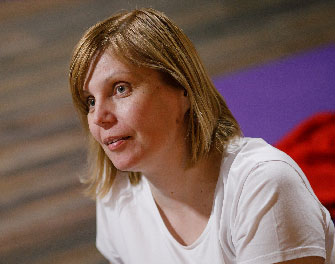
Irina Mukhina
Birth without violence
From her experience as a doula shared some techniques that can help women to create more release and space in their pelvis to facilitate an easier birth. Side lying with a slight forward tilt can help exhausted women to recharge, and birth partners can use their hands to gently vibrate and release the sacrum and then to lift a sitbone to make more space in the pelvic outlet.

Maria Markovskaya & Oxana Gerasimova
Fertility Yoga: research findings
Explained that fertility yoga practices can be adapted to the two phases of a women’s menstrual cycle to optimise her chances of conceiving, rather than practising in the same way through the whole of her cycle. They gave some practical examples of the types of practices.

Tatiana Popova
Selected Prenatal Practices
Showed clear and usable ways in which women can understand how the pelvis works and how they can prepare for labour and birth. Modern day women tend to sit down most of the day which affects both the position and the tone of the pelvic muscles. Her simple movements illustrated how women can gain awareness of how their pelvis moves and how they can optimise this for labour and birth for example by understanding nutation and counternutation.
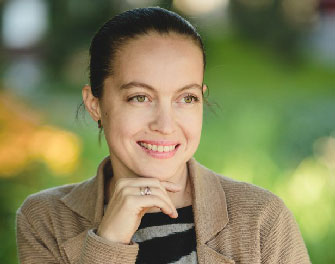
Tatiana Popova
Selected Prenatal Practices
Galina has experience of helping women through birth in her capacity as a doula. She led us through a number of techniques involving a journey in our minds and using music to help develop our strength and resilience and to tap into our innate ability to transform and evolve as women giving birth.
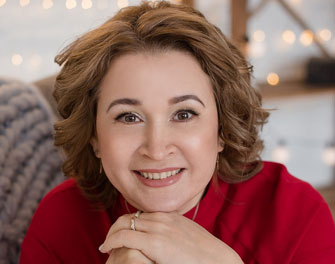
Francoise Freedman & Irina Mukhina
Interactive session for couples to prepare for labour using original micro movements of yoga
Two pregnant women and their partners were invited to experience some classic Birthlight practices for labour and birth.
Françoise and Irina showed the journey and 3 turns of the baby in labour and birth with a ball and model pelvis, then illustrated how our yoga movements and walks can promote an easier passage through the stages of labour. Paired practices encouraged the couples to work together and to build trust in each other’s strength and resilience. Forward and backward leaning positions for birth were explored as well as giving birth to the sound. Light touch massage was also shown as a pathway to relaxation.
Both participating couples were brilliant with their movements and sounds, and said they had forgotten they were doing all of this on stage!

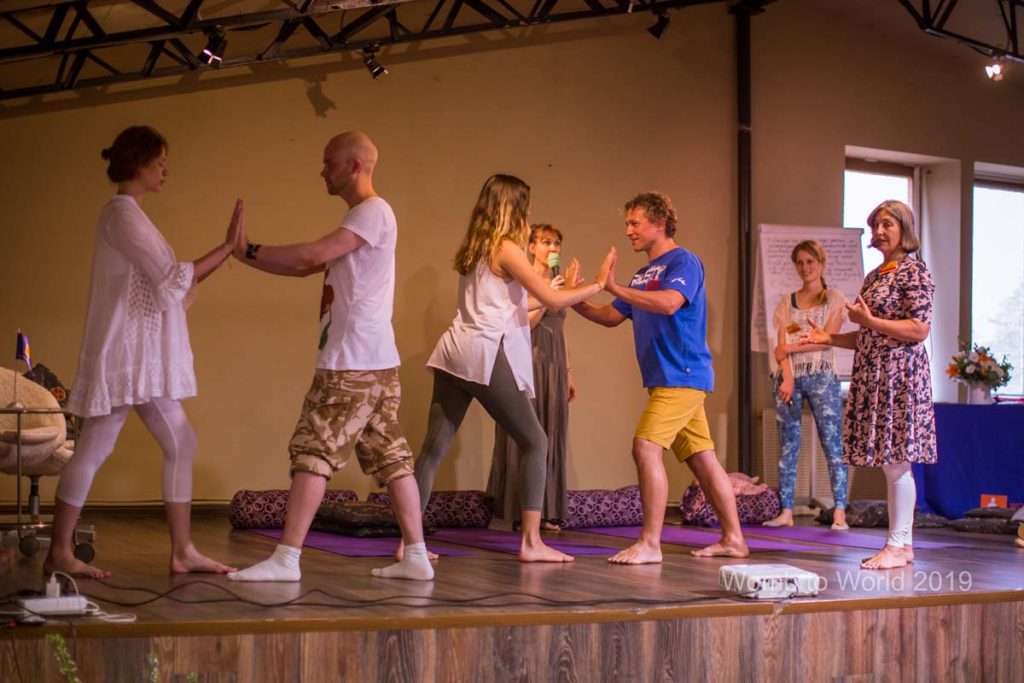
DAY 2 – SUNDAY 9 JUNE 2019
Maria Markovskaya & Oxana Gerasimova
Technics of natural reflex of pushing and postnatal recovery
Posited that the oblique muscles are key muscles involved in birthing and that their strength can be tested and increased. Weak obliques may be linked to lymphatic stagnation in the inner thighs so simple drainage techniques can rebalance the action of the obliques to enable their involvement the second stage of labour. Francoise added that alternate massage of inner and outer thighs as in intrapartum practice can help trigger the fetal ejection reflex.
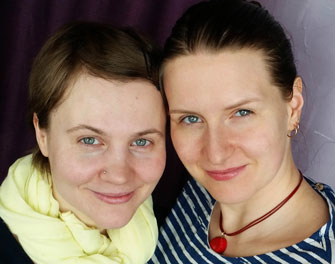
Tamara Sadovaya
Traditional midwifery – holistic approach towards pregnancy, birth and postnatal period. Practices of the centre. Practice without practice.
Talking very sensibly about conditions for optimising a more holistic practice in her centre to create greater wellbeing for mother and baby.
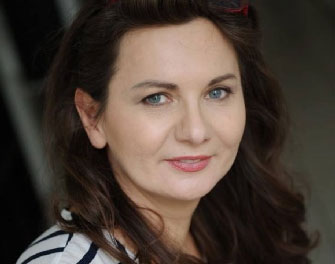
Olga Verba
Perinatal yoga development in Russia
Gave a beautiful tribute to the seeds sown all over Russia by Birthlight yoga since Françoise’s first course over a decade ago. Scores of wonderful women all over Russia are dedicating themselves to the service of women and their children from conception to many years afterwards, inspired by the Birthlight approach. It was very humbling and inspiring to hear the efforts of so many practitioners to improve conditions for women and their babies during this key life stage. Birthlight in turn is very grateful to Olga.
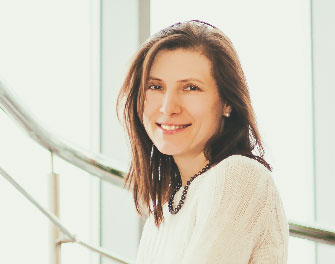
Kirsteen Ruffell
Postnatal Yoga for birth recovery and long-term women’s health foundations
Used her long experience as a Birthlight tutor to illustrate the effectiveness of our practices to set the foundations long term for women’s health. Kirsteen showed many wonderful photos which captured the depth of experience felt by women using our practices and the quality of interaction between parent and baby enabled by our approach.
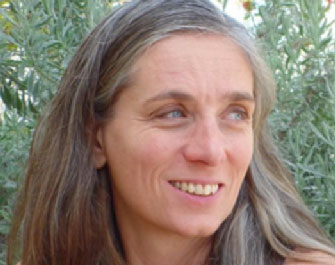
Svetlana Bezrokova
The fourth trimester: research evidence and best practice
As an experienced midwife, shared her many insights into the experience of women in the early postnatal period. Svetlana explained that the questions faced by women at this stage can be grouped into two main categories. The first group is based around a woman asking herself: how can I live with this new person (my new baby) right now? Strategies to help mother and baby to bond with each other can help here – such as breastfeeding and co-sleeping.
The second group of questions revolves around questions of self-identify: where am I? The mother can feel she is the baby’s servant but wants to feel she is herself again. The Birthlight approach to postnatal recovery is ideally suited to help here – with its embodiment of how women can reconnect to themselves. Svetlana gave many examples of simple easy practices that can be integrated into daily life, such as a postnatal walk in the home or massaging your foot with a tennis ball whilst you clean your teeth.
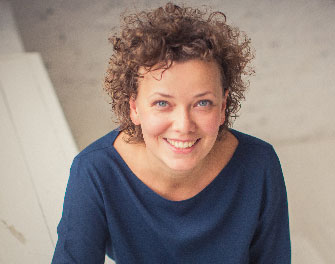
Belinda Staplehurst
Birthlight yoga for women’s long term wellbeing
My workshop was a pleasure to teach so thanks to everyone who took part with so much enthusiasm and joy. Even my attempts at speaking a few words in Russian were kindly received! I aimed to share a few simple yet effective Birthlight practices which can help to create both stability and release in our bodies and our minds going forward from the fourth trimester. We shared some paired and circle practices to enable our sense of grounding, the realigning of spine to pelvis after pregnancy, as well as some practices to strengthen key muscles and to enable relaxation.

Daria Utkina
Prevention and risk factor of birth trauma
Gave the psychologist’s perspective on birth trauma which affects at least 1 in 4 women and leading to up to around one in six women having PTSD. Birth can both create trauma and at the same time be the event that heals this trauma, enabling personal growth and an ability to move through this transition. Daria took us through a number of factors that may predispose a woman to experiencing trauma in birth, such as a history of abuse. Birth in itself is uncontrollable which increases the potential for trauma as there as so many unknown factors including how much medical intervention will be required. Birth is very physical and also intimate, yet it can be very public. Daria then helpfully guided us on how to recognise trauma and how to help these women. Enabling her to tell her story in a different way can be key to her recovery.
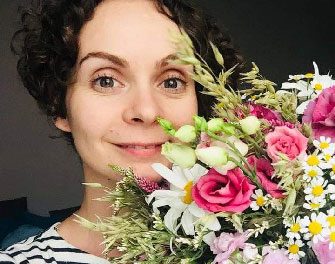
Stanislas Kusnetsov
Baby Yoga and Kinesiology
Gave us insights into baby yoga from the perspective of kinesiology. He invited us to experience for ourselves babies’ key developmental stages and to explain how the baby yoga practices can help with a full working through of the reflexes associated with this development.
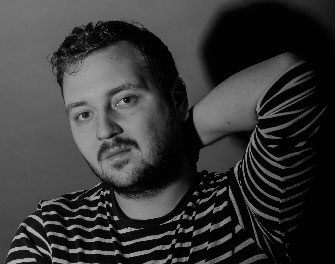
Oxana Tsychkova
Baby Yoga for all new families including ‘special babies’
Talked about how baby yoga can help babies with special needs, as well as their families who are often stressed and exhausted. Oxana then gave a practical demonstration with a young girl with muscular atrophy and a mother & toddler pair of some assisted moves reputed to stimulate muscle strength as well as simple relaxation practices.
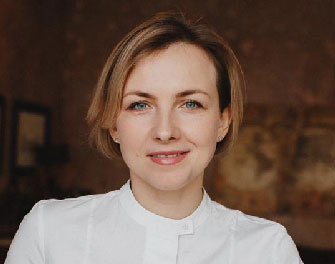
Dmitry Fokin
Interactive session. The power of sound in pregnancy, birth and beyond
Used his extensive knowledge of folk music to lead us for a highly enjoyable session to end the conference. He explained about the need to find our sound from within to help with birth, and then encouraged us to do this in practice. Dmitry brought with him a small choir who enchanted us with their traditional songs and sounds, then led us to walk a rhythm in a long snake which created much connection and release of oxytocin all around. Thank you Dmitry for a great finish to our weekend!
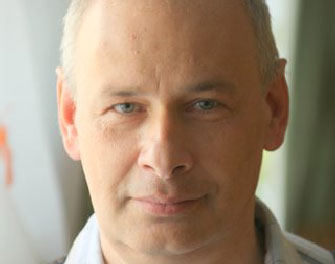
And thank you again to all you wonderful Russian women (and a few men) who made this conference possible. Большое спасибо!

